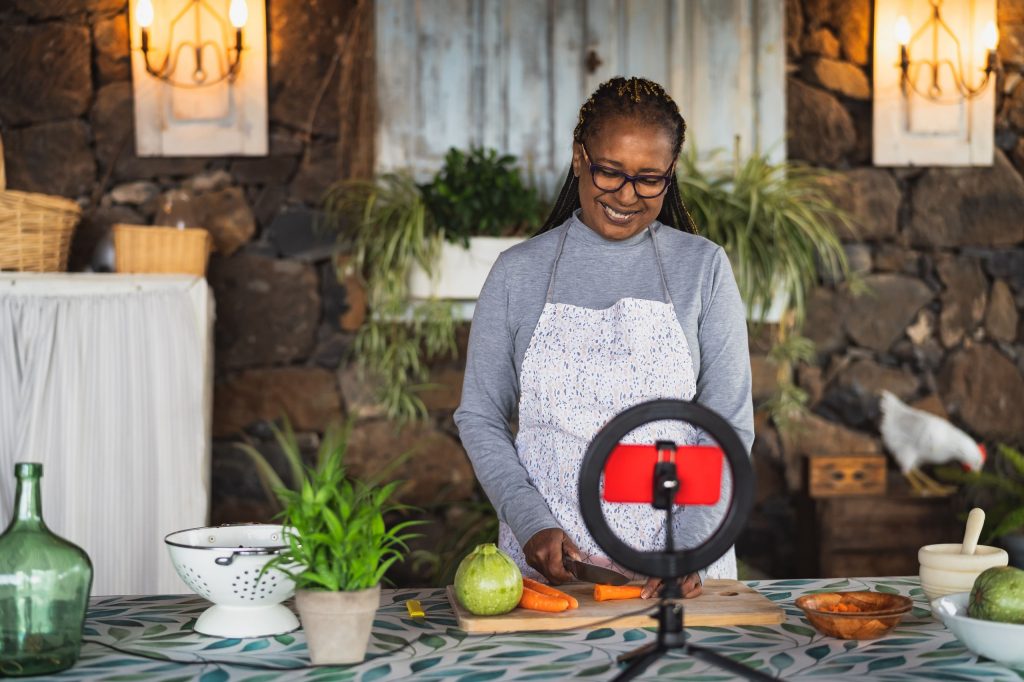In the crowded world of food blogging and culinary content, what truly makes your recipes memorable isn’t just the flavors or the ingredients — it’s the story you tell alongside them. Storytelling is a powerful tool that turns simple recipes into engaging experiences, helping you build a loyal audience that feels personally connected to your food journey.
In this article, we’ll dive deep into how you can use storytelling to enrich your food content, create emotional connections with your readers, and stand out in the digital food community.
1. Why Storytelling Matters in Food Content
People don’t just eat food — they share memories, culture, and emotions around it. A recipe without context is just a list of instructions, but a recipe with a story becomes a narrative that your audience can relate to and remember.
When you share why a dish is important to you, its origin, or a special moment connected to it, you invite readers into your world. This emotional connection fosters trust and encourages readers to try your recipes and follow your work.
2. Start with Personal Anecdotes or Cultural Insights
Begin your recipe or blog post with a short personal story or background about the dish. Maybe it’s a family tradition, a travel memory, or a seasonal favorite that reminds you of home.
For example, instead of simply presenting a miso soup recipe, you could share how this comforting dish was your go-to during chilly days in Kyoto, connecting readers to the culture behind the food.
3. Use Vivid Descriptions and Sensory Language
Bring your story to life by engaging all five senses in your writing. Describe not only how the dish tastes but also how it smells, looks, feels, and even sounds during preparation.
For instance, “The sizzling sound of garlic hitting hot oil fills the kitchen with an irresistible aroma that hints at the savory feast to come.” Such descriptions immerse your reader and make the experience more vivid and enticing.
4. Include Challenges and Triumphs
Honest storytelling includes ups and downs. Share moments when a recipe didn’t go as planned or how you perfected a technique over time. These authentic insights humanize you as a creator and inspire readers to persevere in their own cooking.
5. Relate Your Story to Your Audience’s Lifestyle and Values
Consider what matters to your audience — health, family, quick meals, sustainability? Tailor your stories to connect your recipes to these themes.
For example, if your readers prioritize quick weeknight dinners, share how a recipe fits into a busy schedule without sacrificing flavor. If sustainability is a focus, talk about how you source local ingredients or reduce food waste.
6. Use Storytelling to Enhance Recipe Presentation
Beyond the introduction, weave mini-stories or fun facts throughout the recipe steps or tips sections. This keeps readers engaged and adds personality.
For example, a tip might explain the traditional use of a particular spice or share a quirky fact about the dish’s history.
Conclusion
Storytelling transforms your food content from mere instructions into an immersive journey. By sharing personal anecdotes, vivid sensory details, and authentic experiences, you build a meaningful connection with your readers that encourages loyalty and engagement.
Ready to master the art of food storytelling? Our Recipe Content Mastery course offers in-depth lessons on blending narrative with recipe writing to elevate your content and grow your audience.

